Home>Furniture & Design>Interior Design Trends>How Is Stained Glass Made
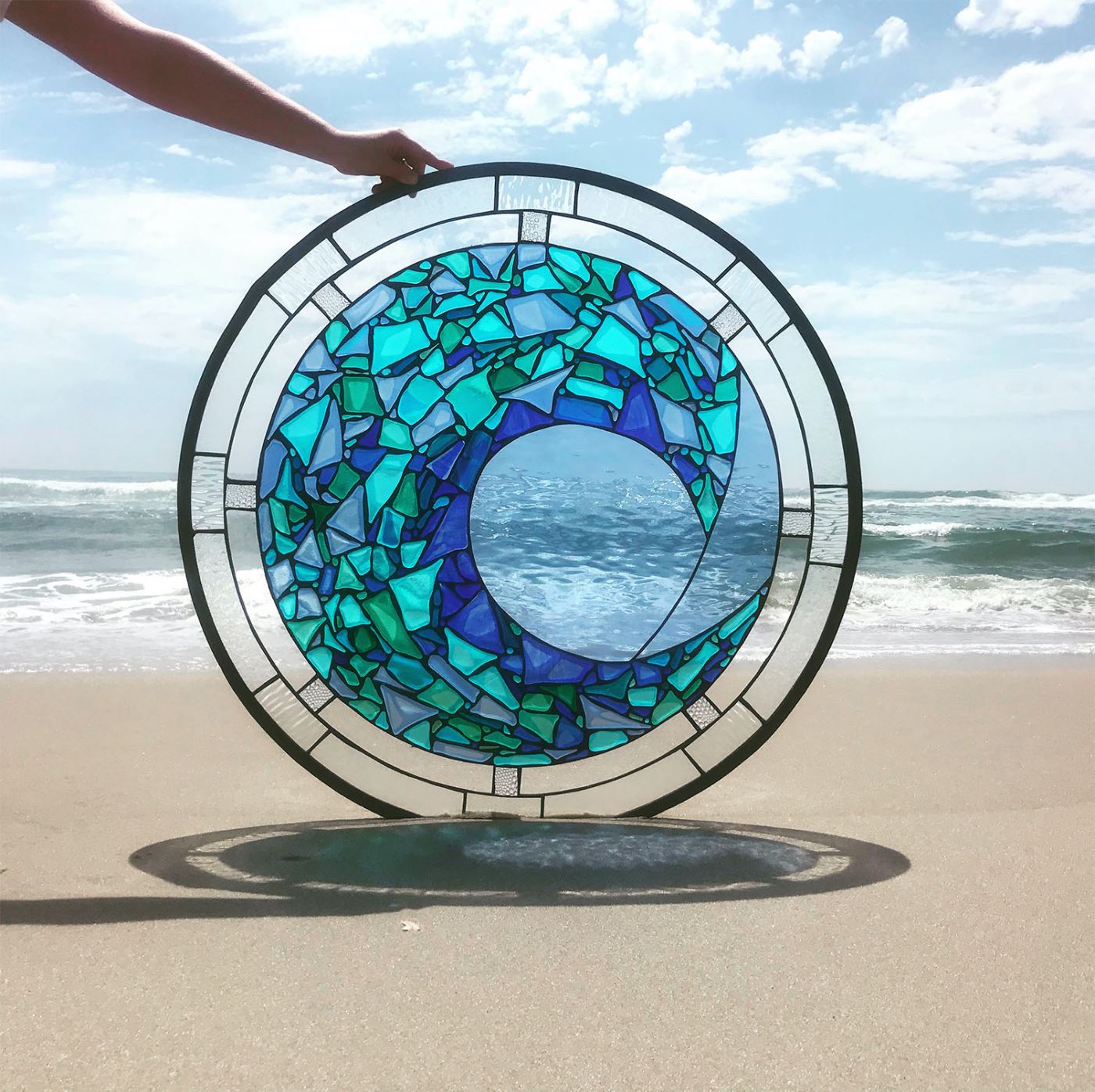

Interior Design Trends
How Is Stained Glass Made
Modified: February 18, 2024
Discover the intricate process of creating stained glass and its impact on interior design trends. Explore the artistry and craftsmanship behind this timeless decorative element.
(Many of the links in this article redirect to a specific reviewed product. Your purchase of these products through affiliate links helps to generate commission for Storables.com, at no extra cost. Learn more)
Introduction
Stained glass has long been revered for its timeless beauty and captivating allure. This exquisite art form has graced the windows of majestic cathedrals, opulent palaces, and humble homes, adding a touch of elegance and splendor to any space. The allure of stained glass lies in its ability to transform light into a mesmerizing display of colors, casting a spellbinding ambiance that enchants all who behold it.
The art of stained glass making is a testament to human creativity and craftsmanship, dating back over a millennium. Its enduring appeal transcends time and culture, making it a cherished art form across the globe. From the intricate designs of medieval European cathedrals to the vibrant hues of Tiffany's iconic lamps, stained glass continues to captivate and inspire.
In this article, we will delve into the captivating world of stained glass, exploring its rich history, the materials and techniques used in its creation, and its diverse applications in contemporary design. Join us on a journey through the kaleidoscopic realm of stained glass, where tradition meets innovation, and artistry intertwines with functionality.
Key Takeaways:
- Stained glass, with its rich history and diverse techniques, continues to captivate and inspire through its timeless beauty and versatility in contemporary design, transcending time and tradition.
- The art of stained glass making involves meticulous craftsmanship and a harmonious interplay of materials, resulting in luminous compositions that enchant and inspire across architectural, interior design, and artistic domains.
Read more: How Are Stained Glass Windows Made
History of Stained Glass
The history of stained glass is a tapestry woven with the threads of ancient craftsmanship, religious symbolism, and artistic innovation. Its origins can be traced back to the 7th century, where it emerged as a prominent feature in the windows of European churches and monasteries. Initially, stained glass served as a visual narrative, depicting biblical stories and religious motifs to convey spiritual teachings to a largely illiterate populace.
During the medieval period, stained glass flourished as a revered art form, reaching its zenith in the grand cathedrals of Europe. These magnificent structures became veritable galleries of light and color, with stained glass windows adorning their lofty interiors. The luminous beauty of stained glass not only illuminated the sacred spaces but also imbued them with an ethereal ambiance, evoking a sense of divine transcendence.
The Renaissance era witnessed a shift in the artistic expression of stained glass, as the medium evolved to encompass secular themes and intricate designs. This period saw the emergence of stained glass as a symbol of opulence and prestige, adorning the palaces and manor houses of the aristocracy. The intricate craftsmanship and vibrant hues of stained glass panels became synonymous with wealth and sophistication, elevating the art form to new heights of acclaim.
The 19th century marked a resurgence of interest in stained glass, spurred by the pioneering work of artists such as Louis Comfort Tiffany. His innovative techniques and use of opalescent glass revolutionized the medium, leading to the creation of iconic Tiffany lamps and ornate decorative pieces. This era also witnessed a fusion of traditional craftsmanship with modern design sensibilities, as stained glass found its way into the burgeoning Art Nouveau and Art Deco movements.
In the contemporary era, stained glass continues to captivate and inspire, transcending its traditional associations with religious and historical contexts. Artists and designers have embraced stained glass as a versatile medium for architectural installations, interior decor, and public art, breathing new life into this ancient craft.
The history of stained glass stands as a testament to the enduring allure of this art form, weaving together the threads of tradition, innovation, and timeless beauty. Its legacy continues to shine brightly, casting a kaleidoscope of colors across the annals of art and culture.
Materials Used in Stained Glass Making
The art of stained glass making is a meticulous craft that relies on a diverse array of materials to bring its mesmerizing designs to life. Each component plays a crucial role in the creation of these luminous masterpieces, contributing to the vibrant colors, intricate textures, and structural integrity of the finished work. Let's explore the essential materials that form the foundation of stained glass making:
-
Glass: At the heart of every stained glass creation lies the glass itself. Stained glass artisans work with a spectrum of glass types, each possessing unique qualities that contribute to the overall aesthetic. From cathedral glass with its translucent clarity to opalescent glass with its milky, iridescent sheen, the selection of glass is a pivotal decision that influences the character of the final piece.
-
Lead Came: The structural framework of stained glass panels is often crafted using lead came, a flexible H-shaped metal strip that holds the individual glass pieces in place. Lead came not only provides stability and support but also adds a defining outline to the design, accentuating the contours and creating a sense of depth.
-
Solder: Solder serves as the adhesive that secures the intersections of lead came, fusing the elements together to form a cohesive and resilient structure. This molten metal alloy, typically a blend of tin and lead, is meticulously applied to join the lead came, ensuring the integrity and durability of the stained glass panel.
-
Glass Paints and Stains: To imbue the glass with intricate details and subtle shading, artists utilize specialized glass paints and stains. These pigments are meticulously applied to the surface of the glass, allowing for the creation of delicate patterns, gradients, and nuanced expressions that enhance the visual impact of the design.
-
Copper Foil: In the copper foil technique, a thin adhesive copper foil is meticulously wrapped around the edges of individual glass pieces before they are soldered together. This method allows for intricate and delicate designs, enabling artists to achieve a level of intricacy and precision that is distinct from traditional lead came construction.
-
Tools and Equipment: From glass cutters and grinders to soldering irons and flux, a myriad of specialized tools and equipment are essential for the fabrication of stained glass. These instruments enable artisans to shape, assemble, and refine the glass components with precision and finesse, bringing their artistic vision to fruition.
The harmonious interplay of these materials forms the cornerstone of stained glass making, allowing artists to craft luminous compositions that transcend the boundaries of traditional artistry. With a profound understanding of these materials and their expressive potential, stained glass artisans continue to push the boundaries of creativity, infusing their creations with timeless beauty and enduring allure.
The Process of Making Stained Glass
The process of making stained glass is a meticulous and intricate endeavor that demands precision, artistry, and technical expertise. From the initial design concept to the final assembly, each stage of the production journey contributes to the creation of these luminous masterpieces. Let's embark on a captivating exploration of the multifaceted process of making stained glass.
1. Design and Pattern Creation
The journey begins with the conception of a design that encapsulates the artistic vision of the stained glass artisan. Whether drawing inspiration from nature, mythology, or abstract motifs, the artist translates their ideas into a detailed pattern that serves as the blueprint for the final composition. This stage involves meticulous planning, as the intricacies of the design must harmonize with the inherent properties of glass, considering factors such as color selection, light transmission, and structural integrity.
Read more: How To Stain A Glass
2. Glass Selection and Cutting
With the pattern in hand, the artisan embarks on the selection of glass, carefully considering the hues, textures, and opacities that will bring the design to life. Each piece of glass is meticulously cut to fit the precise dimensions outlined in the pattern, requiring a steady hand and keen attention to detail. The selection of glass is a pivotal decision, as it determines the chromatic palette and visual dynamics of the finished piece.
3. Assembly and Framing
The assembly phase sees the individual glass pieces being delicately fitted together, guided by the lead came or copper foil framework. The lead came, with its malleable nature, allows for graceful curves and intricate contours, while the copper foil technique enables a finer level of detail and complexity. As the design takes shape, the artisan meticulously solders the intersections, ensuring structural stability and visual cohesion.
4. Glass Painting and Staining
To imbue the composition with nuanced details and expressive shading, the artisan may employ the use of specialized glass paints and stains. With a deft hand, they apply these pigments to the glass surface, adding depth, dimension, and a captivating interplay of light and color. This stage demands a mastery of brushwork and a keen understanding of the transformative potential of glass pigmentation.
5. Final Assembly and Finishing
As the last pieces are delicately placed and soldered into position, the stained glass panel nears completion. The artisan meticulously cleans and polishes the surface, ensuring the glass radiates its full luminosity. The finished piece stands as a testament to the artisan's skill and creativity, embodying a symphony of color, light, and artistry.
The process of making stained glass is a labor of love, requiring a harmonious blend of technical precision and artistic expression. From the initial spark of inspiration to the final strokes of craftsmanship, each step in this journey contributes to the creation of timeless works of art that continue to enchant and inspire.
Read more: How Is A Glass Cup Made
Different Techniques in Stained Glass Making
Stained glass making encompasses a diverse array of techniques, each offering unique possibilities for artistic expression and visual impact. These techniques, honed through centuries of craftsmanship and innovation, contribute to the rich tapestry of stained glass artistry. Let's delve into the distinct methods that define the multifaceted world of stained glass making:
1. Lead Came Technique
The lead came technique stands as a hallmark of traditional stained glass construction, characterized by the use of lead came strips to create the structural framework for the glass pieces. This method allows for bold, sweeping lines and robust structural support, lending a timeless elegance to the finished compositions. The lead came technique is revered for its ability to evoke a sense of grandeur and permanence, making it a favored approach for architectural installations and religious settings.
2. Copper Foil Technique
In contrast to the lead came technique, the copper foil method offers a more delicate and intricate approach to stained glass construction. Developed by the renowned artist Louis Comfort Tiffany, this technique involves wrapping each piece of glass with a thin adhesive copper foil before soldering them together. The copper foil technique enables artists to achieve unparalleled intricacy and detail, allowing for the creation of finely wrought designs and subtle gradations of color. This method has found favor in the creation of decorative panels, lampshades, and ornamental pieces, showcasing a fusion of artistry and craftsmanship.
3. Stained Glass Mosaic
The stained glass mosaic technique presents a captivating fusion of stained glass artistry and mosaic craftsmanship. In this method, small, irregularly shaped glass pieces are arranged to form a cohesive design, akin to assembling a puzzle of radiant hues and textures. The mosaic technique offers boundless creative potential, allowing artists to explore abstract compositions, intricate patterns, and dynamic visual textures. This approach has found resonance in contemporary art and architectural applications, infusing spaces with a vibrant interplay of light and color.
Read more: How Is Candy Glass Made
4. Painted Stained Glass
Painted stained glass represents a marriage of traditional stained glass techniques and the expressive potential of painting. Artists meticulously apply specialized glass paints and stains to the surface of the glass, imbuing the compositions with intricate details, shading, and nuanced expressions. This method allows for the creation of lifelike figures, elaborate scenes, and evocative imagery, adding a layer of narrative depth and visual complexity to stained glass panels. Painted stained glass has been celebrated for its ability to convey storytelling and emotive resonance, enriching the artistic repertoire of stained glass making.
5. Fused Glass Technique
The fused glass technique introduces a contemporary dimension to stained glass making, leveraging modern kiln-forming processes to meld and shape glass into dynamic compositions. In this method, individual glass pieces are fused together at high temperatures, allowing for the creation of sculptural forms, textured surfaces, and avant-garde designs. The fused glass technique transcends the traditional constraints of flat panels, opening new avenues for three-dimensional expressions and architectural installations. This approach exemplifies the fusion of innovation and tradition, pushing the boundaries of stained glass artistry into new realms of creativity.
The diverse techniques in stained glass making bear testament to the enduring legacy of this art form, showcasing the boundless creativity and expressive potential that continue to captivate and inspire. Each method represents a chapter in the ever-evolving narrative of stained glass, weaving together tradition, innovation, and artistic ingenuity to create luminous masterpieces that transcend time and convention.
Applications of Stained Glass
Stained glass, with its ethereal beauty and captivating luminosity, finds a myriad of applications across diverse domains, transcending its traditional association with religious and architectural settings. The enchanting allure of stained glass has permeated contemporary design, enriching spaces with its kaleidoscopic radiance and timeless elegance.
Architectural Installations
Stained glass serves as a hallmark of architectural splendor, adorning the windows, domes, and facades of grand edifices with its resplendent hues. From majestic cathedrals and historic monuments to modern skyscrapers and public buildings, stained glass infuses architectural spaces with a transcendent ambiance, casting a symphony of colors that dance with the play of light. These architectural installations not only celebrate the artistry of stained glass but also imbue the spaces with a sense of grandeur and spiritual transcendence.
Read more: How Is Uranium Glass Made
Interior Decor and Design
In the realm of interior decor, stained glass emerges as a captivating focal point, adding a touch of opulence and artistry to residential and commercial spaces. Stained glass windows, doors, and partitions become luminous works of art, transforming mundane interiors into enchanting sanctuaries of light and color. The interplay of natural light through stained glass infuses spaces with an ethereal glow, creating a sense of serenity and visual delight. Additionally, stained glass panels, lamps, and decorative accents serve as exquisite embellishments, elevating interior design with their timeless allure.
Art and Public Installations
Stained glass transcends its traditional confines to find expression in the realm of public art and contemporary installations. Artists and designers harness the expressive potential of stained glass to create immersive experiences, sculptural forms, and site-specific artworks that engage and inspire. From large-scale installations in public spaces to avant-garde exhibitions in art galleries, stained glass captivates audiences with its evocative storytelling and mesmerizing visual impact. These artistic endeavors redefine the boundaries of stained glass, showcasing its adaptability and relevance in the modern artistic landscape.
Functional and Decorative Pieces
Beyond its ornamental appeal, stained glass finds utility in the creation of functional and decorative pieces that marry artistry with practicality. Tiffany-style lamps, ornate mirrors, and intricately crafted jewelry stand as testaments to the versatility of stained glass as a medium for functional art. These pieces not only serve as luminous accents in everyday life but also embody the enduring legacy of stained glass craftsmanship, enriching living spaces with their radiant charm.
In essence, the applications of stained glass extend far beyond mere ornamentation, encompassing a diverse tapestry of artistic, architectural, and functional expressions. Its timeless allure continues to inspire and enchant, weaving a luminous thread through the fabric of contemporary design and artistic innovation.
Conclusion
In conclusion, the art of stained glass stands as a testament to the enduring allure of human creativity and craftsmanship. From its rich historical legacy to its diverse applications in contemporary design, stained glass continues to captivate and inspire, transcending time and tradition. The mesmerizing interplay of light and color, the intricate artistry of its construction, and the timeless elegance of its presence make stained glass an enduring symbol of beauty and transcendence.
The history of stained glass, with its origins rooted in the sacred spaces of medieval Europe, has evolved into a multifaceted art form that embraces both tradition and innovation. From the grandeur of cathedral windows to the delicate intricacies of Tiffany-style lamps, stained glass has left an indelible mark on the annals of art and culture. Its ability to convey narratives, evoke emotions, and create immersive experiences has solidified its place as a cherished medium of artistic expression.
The materials and techniques employed in stained glass making exemplify the harmonious interplay of art and craftsmanship. The careful selection of glass, the meticulous assembly process, and the application of specialized paints and stains all contribute to the creation of luminous compositions that transcend the boundaries of traditional artistry. The diverse techniques, from lead came to fused glass, showcase the boundless creativity and expressive potential that continue to define stained glass as a dynamic and evolving art form.
Furthermore, the applications of stained glass extend far beyond its traditional associations, permeating architectural, interior design, public art, and functional art domains. Its ability to infuse spaces with a sense of grandeur, serenity, and visual delight underscores its versatility and enduring relevance in contemporary design.
In essence, stained glass remains a timeless beacon of artistry, beauty, and spiritual resonance. Its ability to transcend time and convention, to captivate and inspire, ensures that the luminous legacy of stained glass will continue to shine brightly, casting a kaleidoscope of colors across the canvas of human creativity and expression.
Frequently Asked Questions about How Is Stained Glass Made
Was this page helpful?
At Storables.com, we guarantee accurate and reliable information. Our content, validated by Expert Board Contributors, is crafted following stringent Editorial Policies. We're committed to providing you with well-researched, expert-backed insights for all your informational needs.
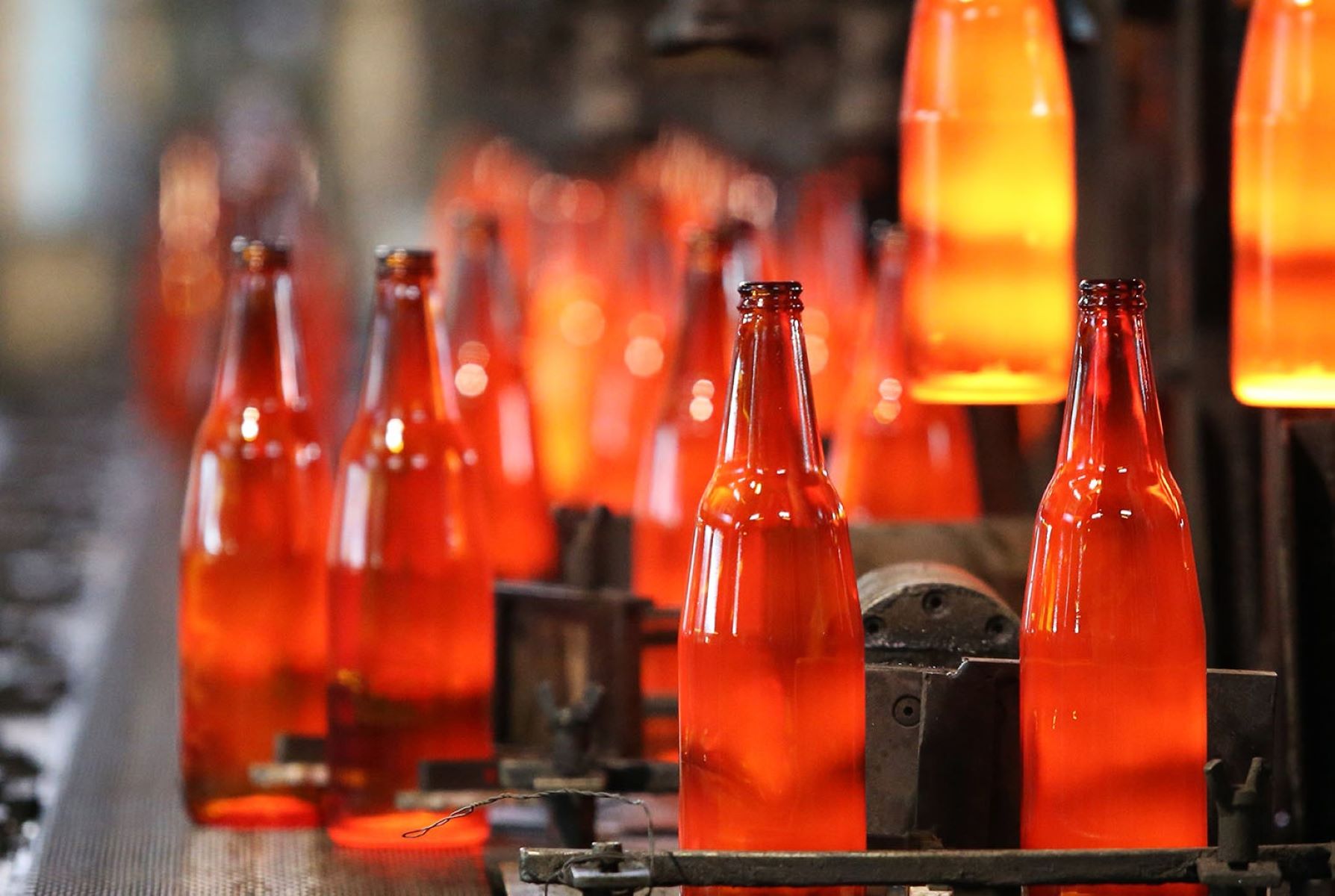
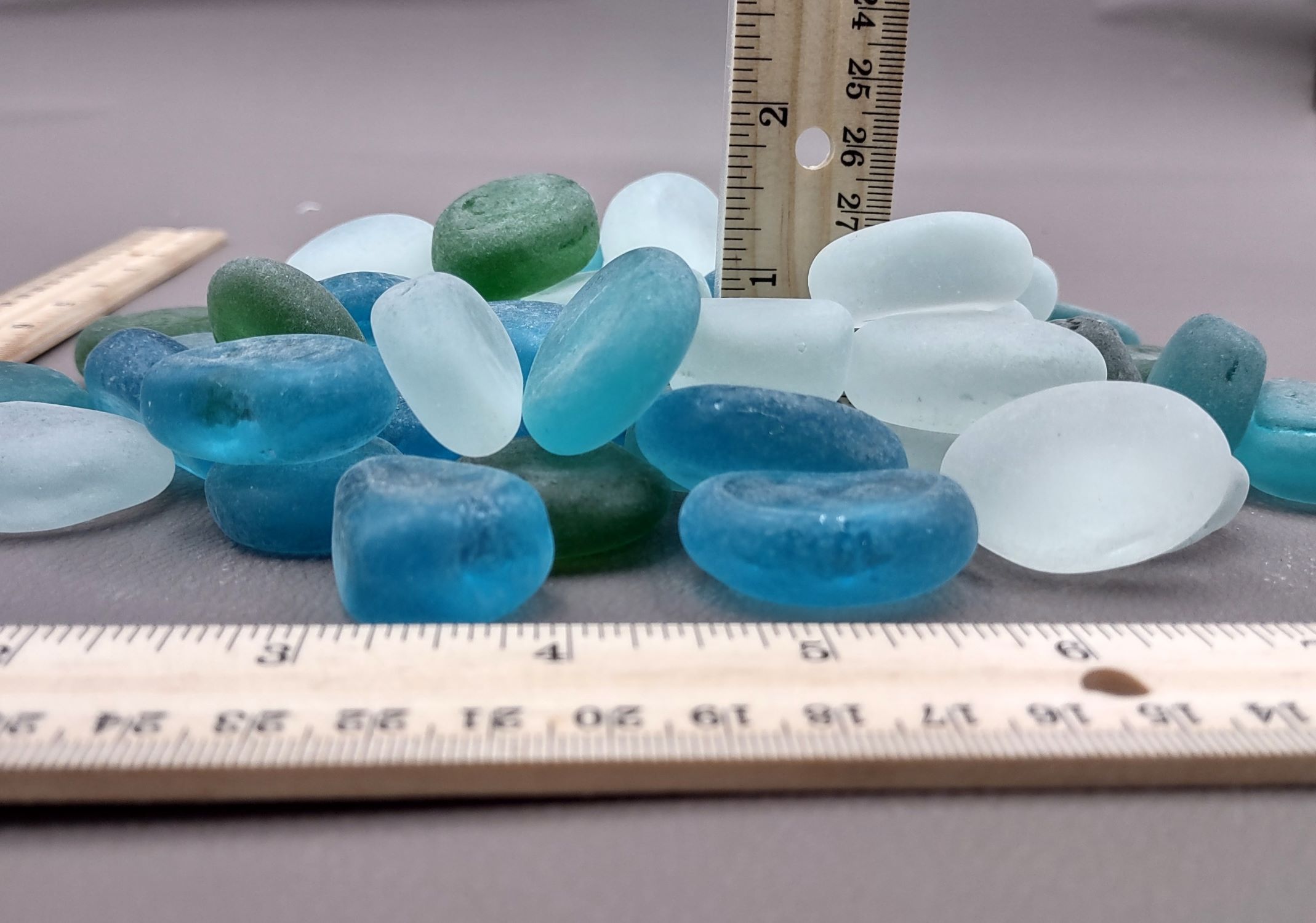
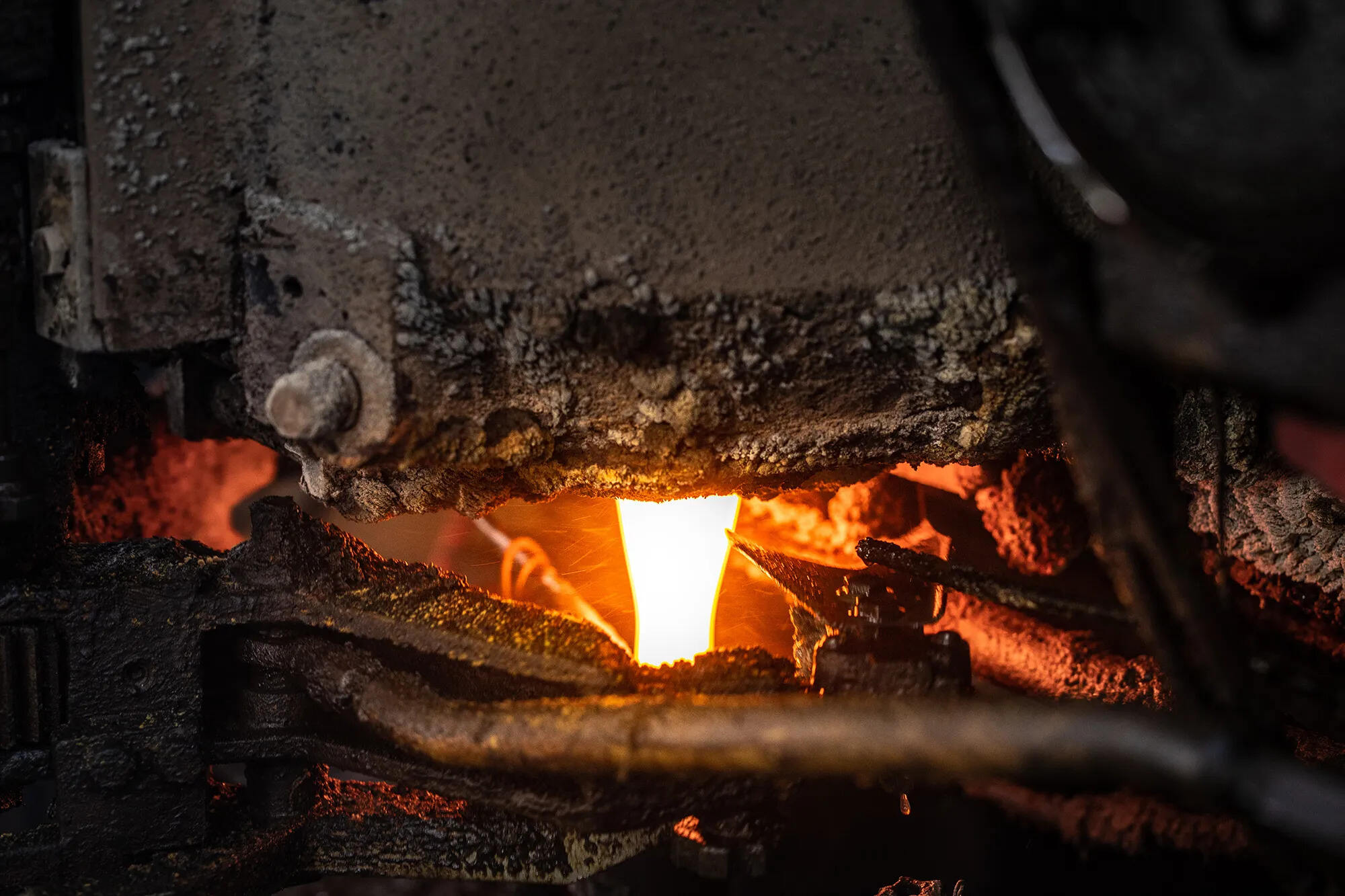
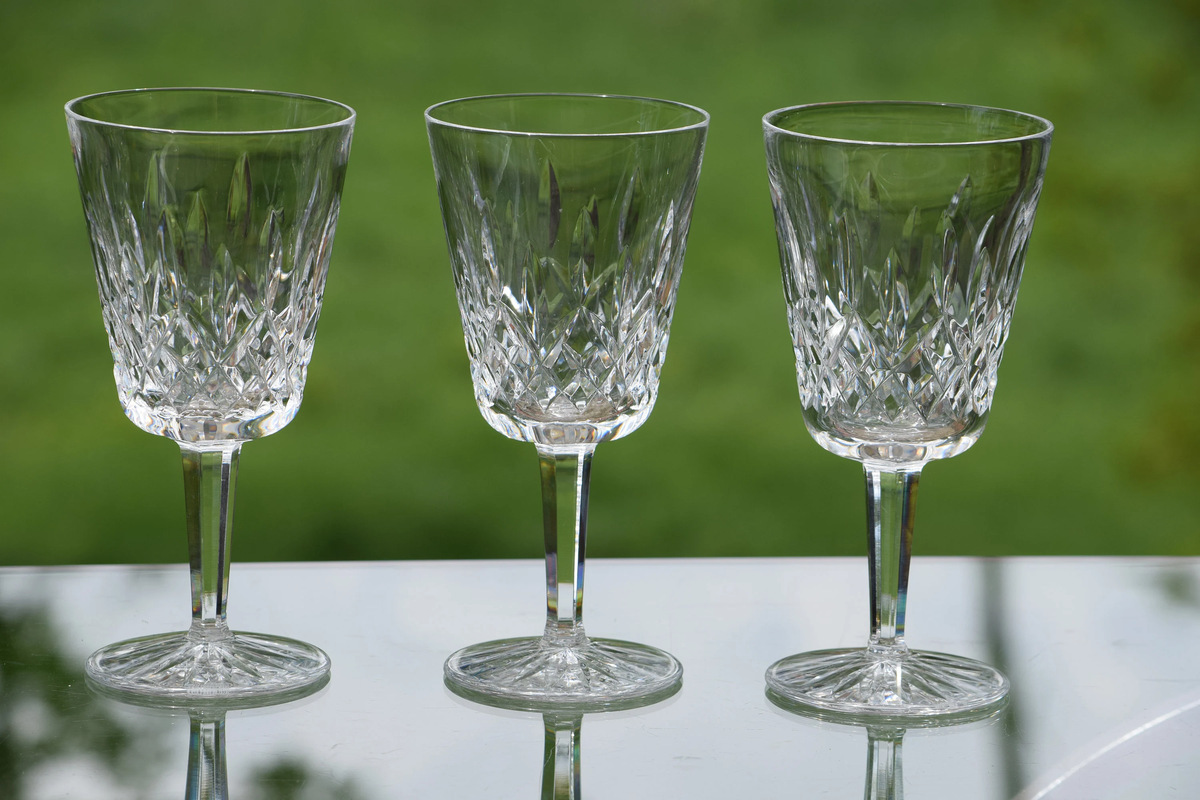

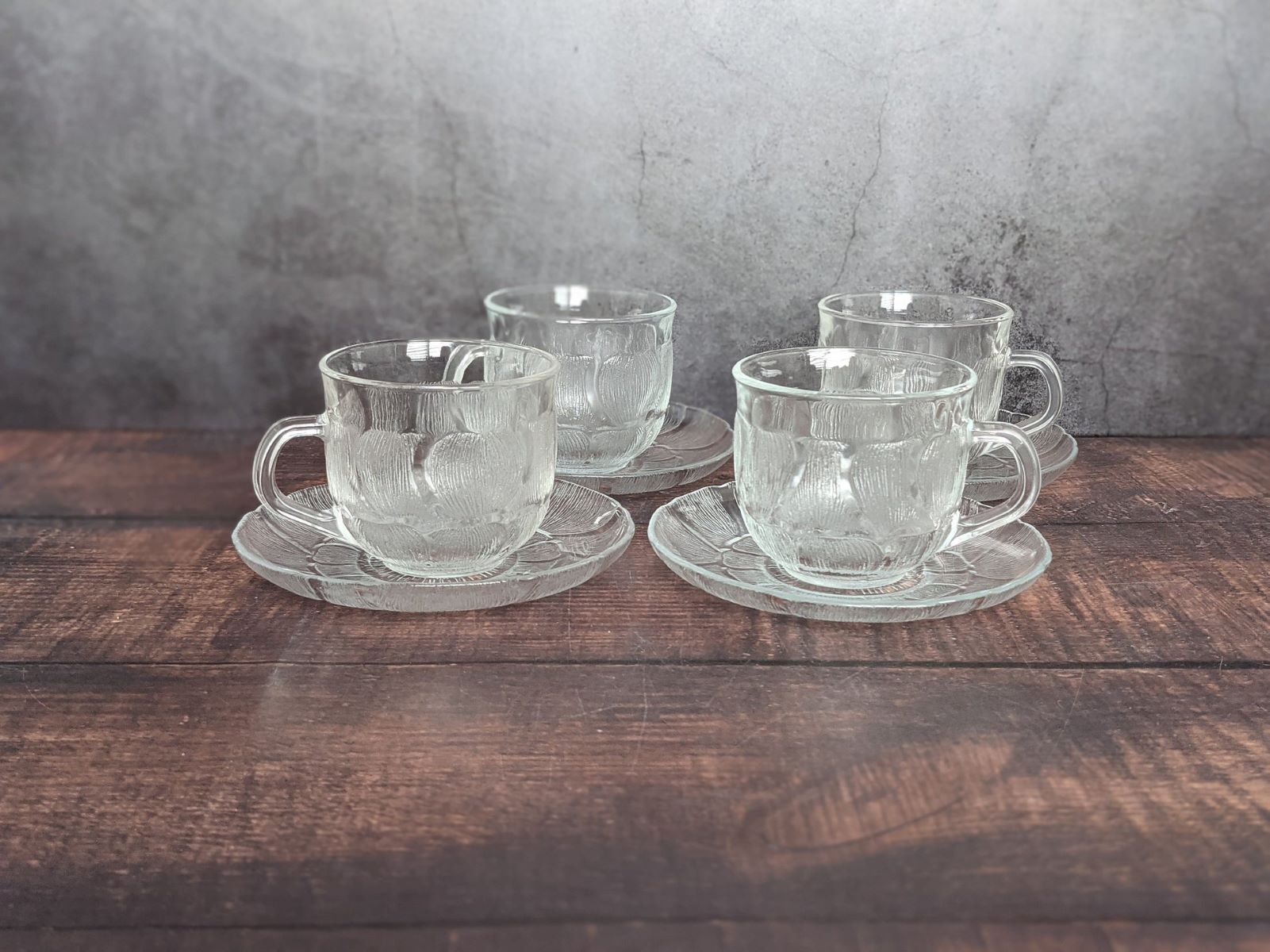
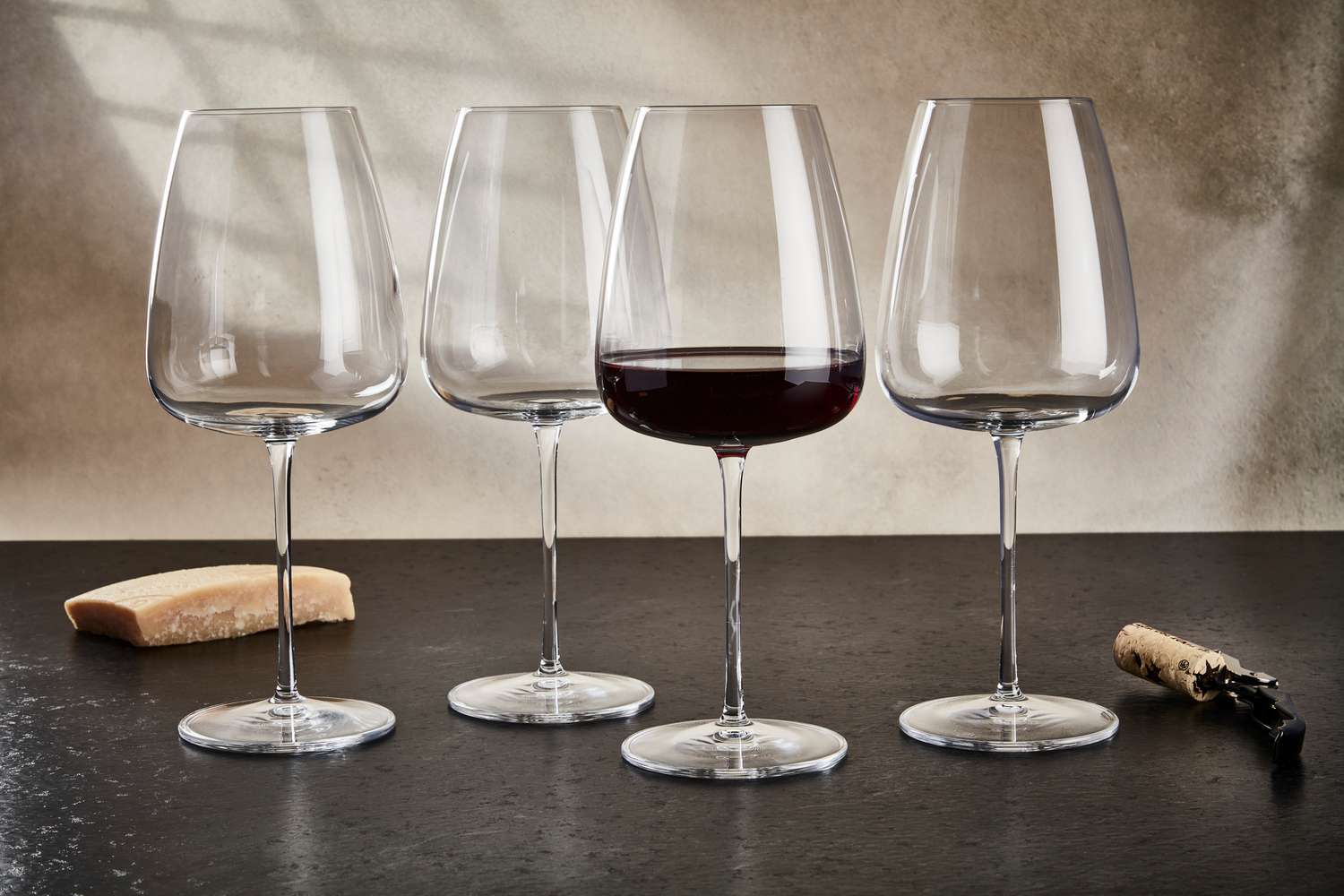
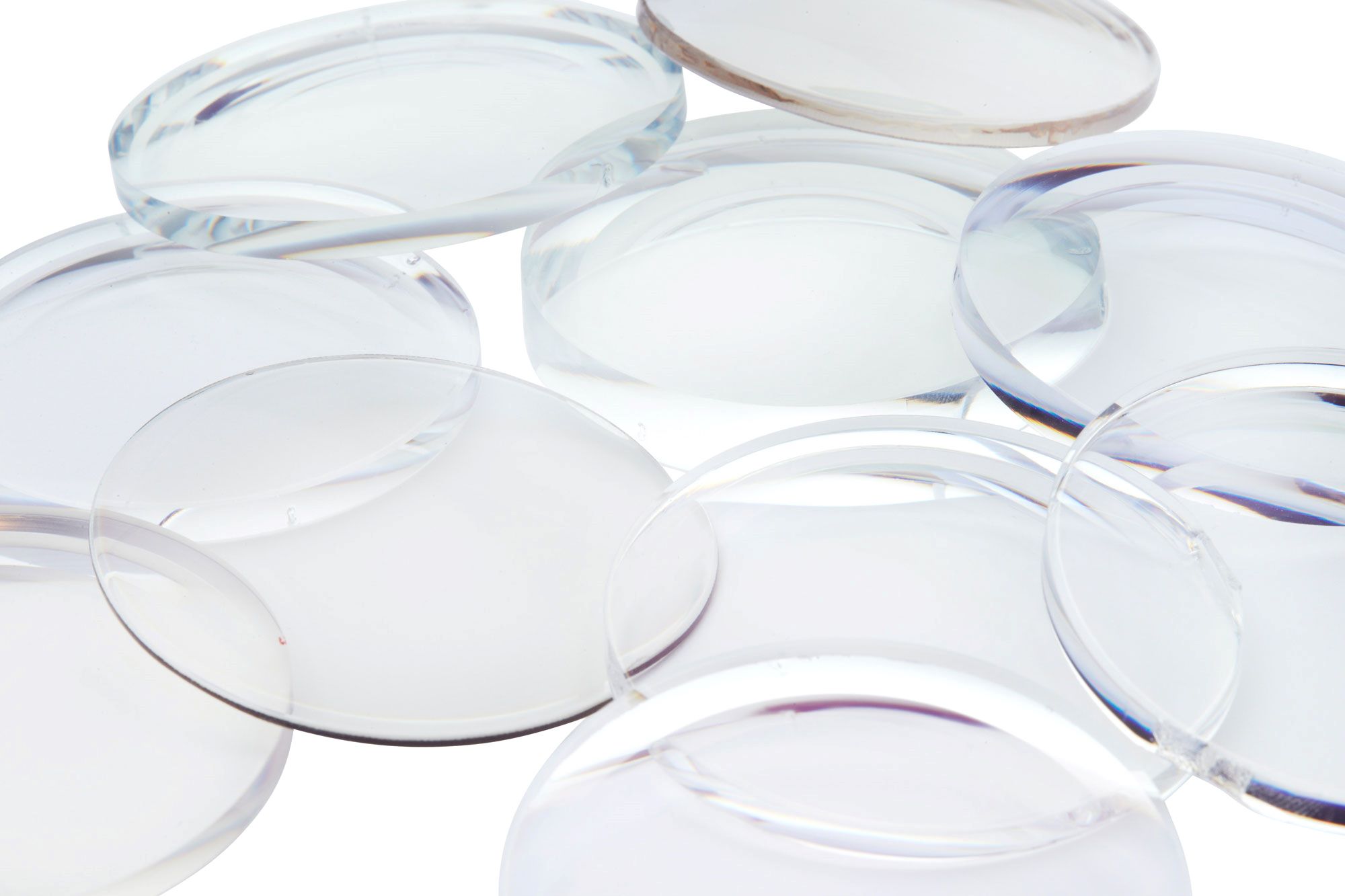
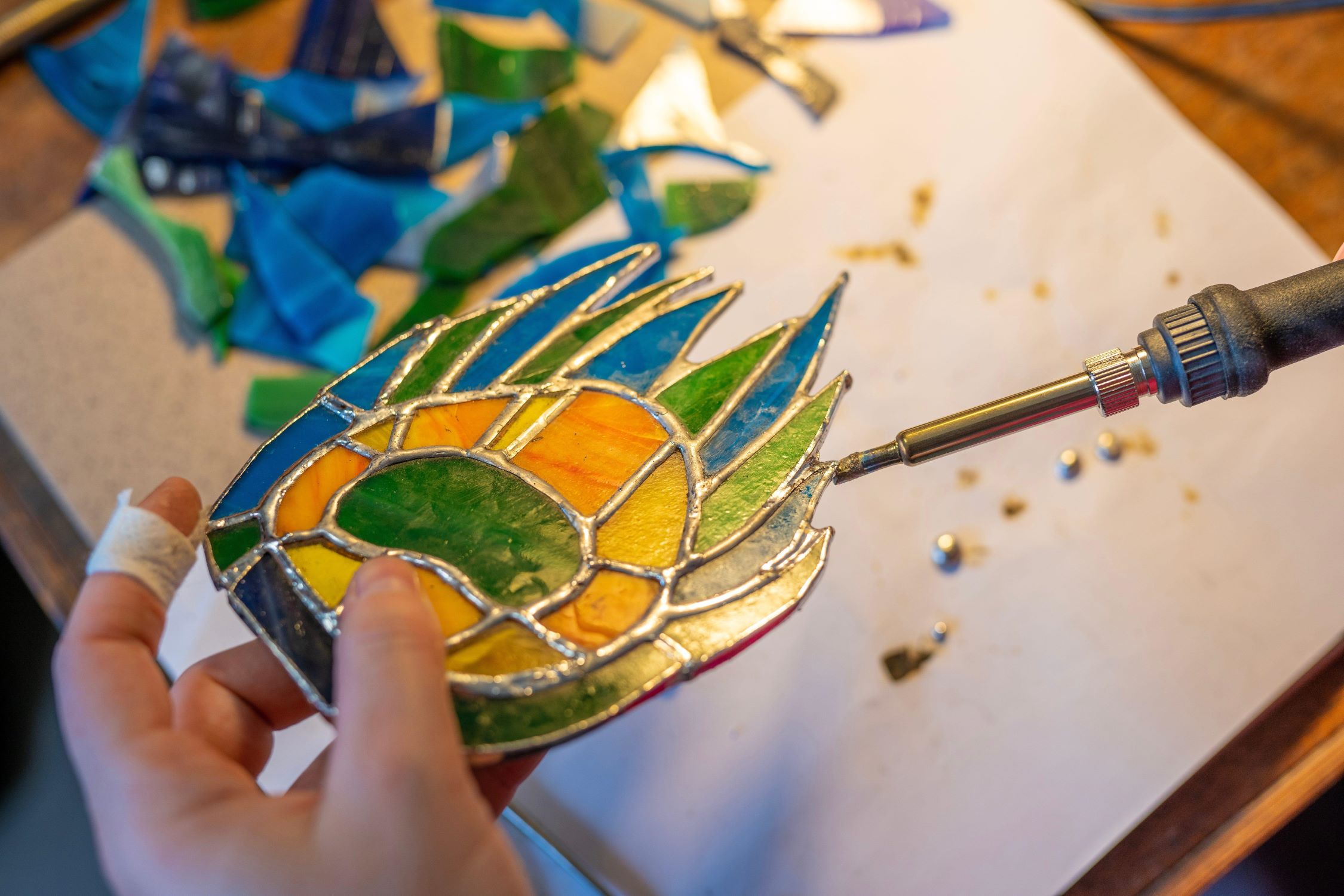

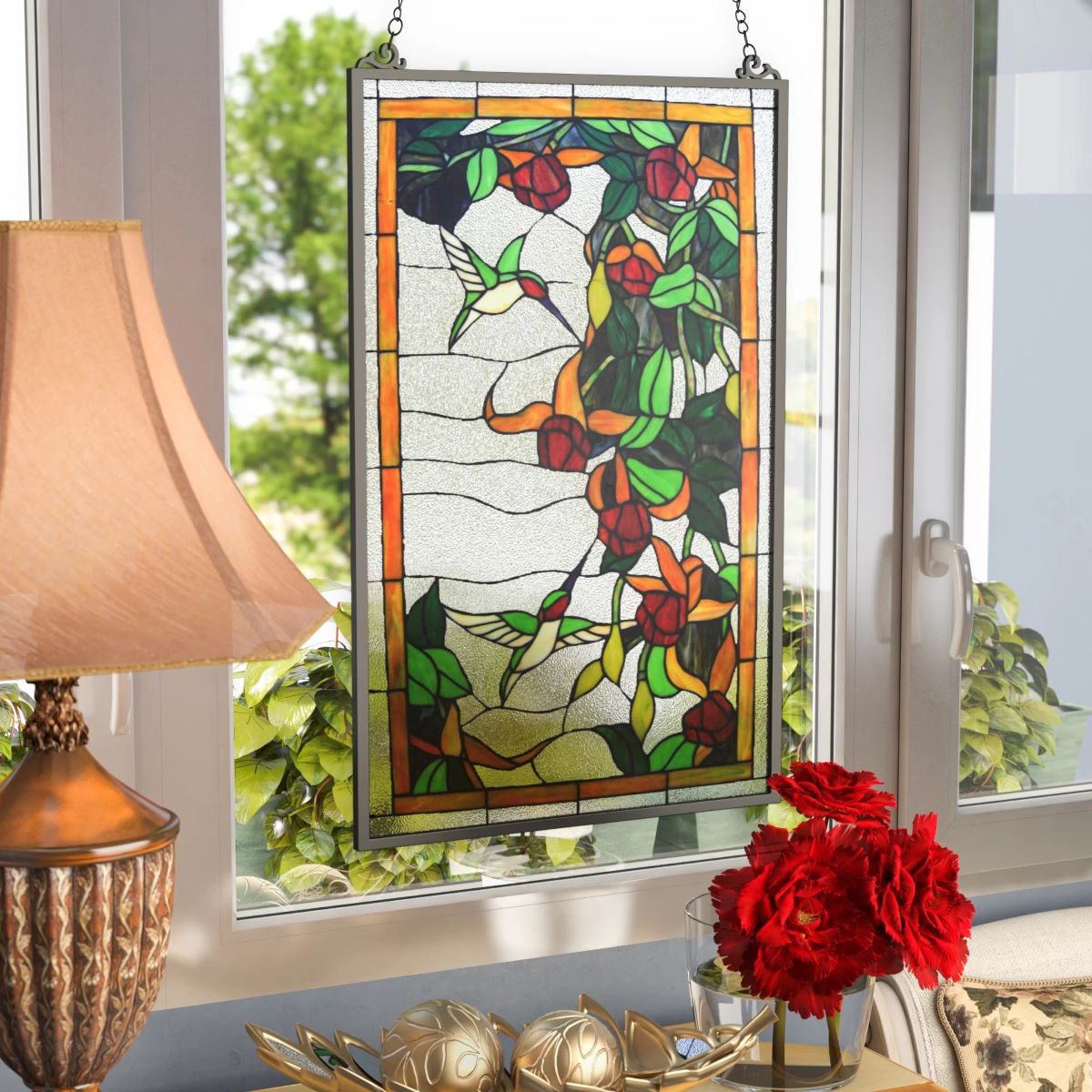

0 thoughts on “How Is Stained Glass Made”